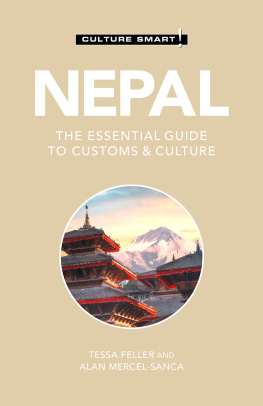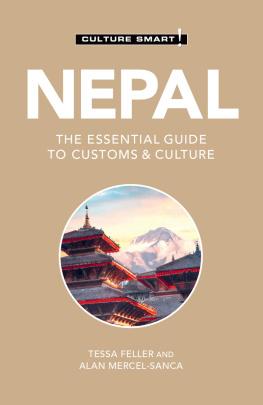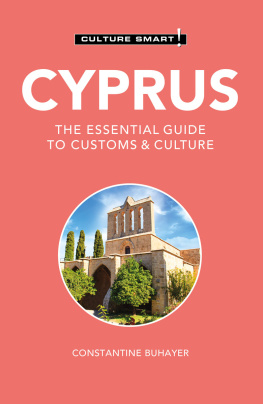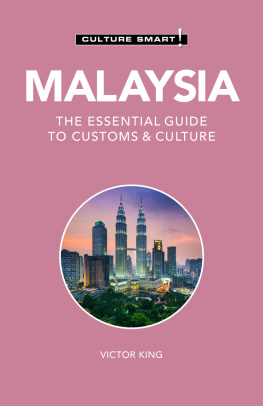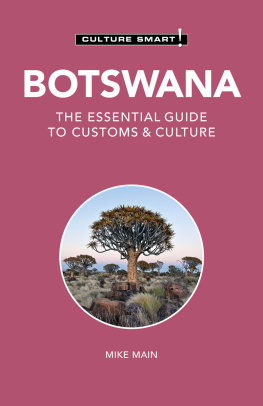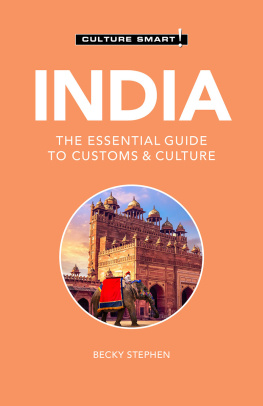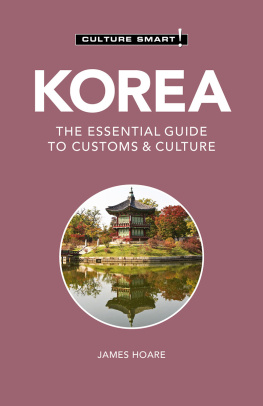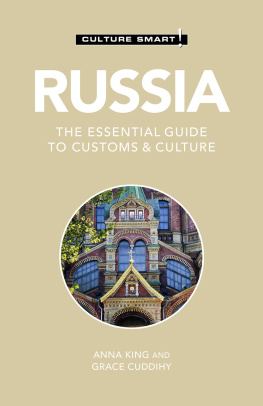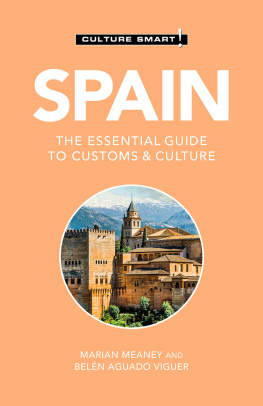Tessa Feller - Nepal: The Essential Guide to Customs & Culture
Here you can read online Tessa Feller - Nepal: The Essential Guide to Customs & Culture full text of the book (entire story) in english for free. Download pdf and epub, get meaning, cover and reviews about this ebook. year: 2021, publisher: Kuperard, genre: Politics. Description of the work, (preface) as well as reviews are available. Best literature library LitArk.com created for fans of good reading and offers a wide selection of genres:
Romance novel
Science fiction
Adventure
Detective
Science
History
Home and family
Prose
Art
Politics
Computer
Non-fiction
Religion
Business
Children
Humor
Choose a favorite category and find really read worthwhile books. Enjoy immersion in the world of imagination, feel the emotions of the characters or learn something new for yourself, make an fascinating discovery.
- Book:Nepal: The Essential Guide to Customs & Culture
- Author:
- Publisher:Kuperard
- Genre:
- Year:2021
- Rating:5 / 5
- Favourites:Add to favourites
- Your mark:
- 100
- 1
- 2
- 3
- 4
- 5
Nepal: The Essential Guide to Customs & Culture: summary, description and annotation
We offer to read an annotation, description, summary or preface (depends on what the author of the book "Nepal: The Essential Guide to Customs & Culture" wrote himself). If you haven't found the necessary information about the book — write in the comments, we will try to find it.
Tessa Feller: author's other books
Who wrote Nepal: The Essential Guide to Customs & Culture? Find out the surname, the name of the author of the book and a list of all author's works by series.
Nepal: The Essential Guide to Customs & Culture — read online for free the complete book (whole text) full work
Below is the text of the book, divided by pages. System saving the place of the last page read, allows you to conveniently read the book "Nepal: The Essential Guide to Customs & Culture" online for free, without having to search again every time where you left off. Put a bookmark, and you can go to the page where you finished reading at any time.
Font size:
Interval:
Bookmark:
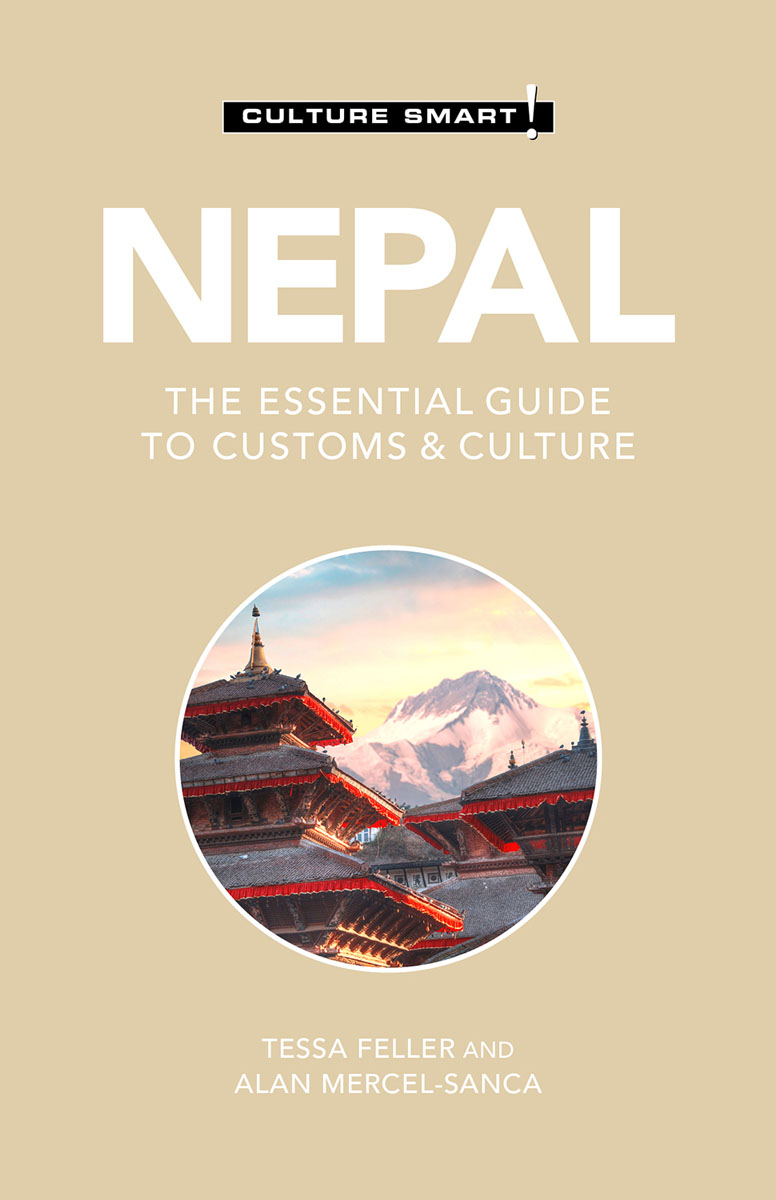
The real voyage of discovery consists not in seeking new landscapes, but in having new eyes.
Adapted from Marcel Proust, Remembrance of Things Past.
ISBN 978 1 78702 872 2
British Library Cataloguing in Publication Data A CIP catalogue entry for this book is available from the British Library
First published in Great Britain
by Kuperard, an imprint of Bravo Ltd
59 Hutton Grove, London N12 8DS
Tel: +44 (0) 20 8446 2440
www.culturesmart.co.uk
Inquiries:
Design Bobby Birchall
Printed in Turkey
The Culture Smart! series is continuing to expand. All Culture Smart! guides are available as e-books, and many as audio books. For further information and latest titles visit www.culturesmart.co.uk
TESSA FELLER studied German and Spanish at Edinburgh University before training as a teacher and translator. She has worked in several countries, including Austria, Russia, and Germany, where she is now based. She lived in Nepal for three years when her husband was posted there with the German Development Service (Deutscher Entwicklungsdienst). Her youngest son was born in Kathmandu.
ALAN MERCEL-SANCA graduated in History at the University of Kent, and is an artist who has exhibited in New York and features in the Best of Worldwide Charcoal, Pastel & Pencil Artists. A frequent visitor to Nepal, he is CEO of the UKNepal Friendship Society, an organization that aims to protect and promote the cultures of Nepal. In 2015 he directed the UK contribution to the Nepal Art Councils BritainNepal Bicentenary Art Exhibition. He has led an initiative to boost the British Nepali communitys participation in the UKs democratic processes by engaging the main community organizations with Parliament in Westminster.
COVID-19
The coronavirus pandemic of 2020 affected millions of people around the world, causing unprecedented social and economic disruption. As the impact of this global crisis continues to unfold, in many countries social norms are being challenged, and enduring changes will be reflected in future editions of Culture Smart! titles.

In the popular imagination Nepal is a land of eternal snow, where heroic mountaineers and Sherpas valiantly plant flags on the roof of the world or perish in the attempt. And yet there is far more to Nepal than the ultimate challenge to mountaineers, or the peerless courage and professionalism of the Gurkhas. Nestling in the foothills of the Himalayas, it has to be one of the most diverse countries in the world, for its climate, scenery, flora, fauna, and not least on account of the great variety of its cultural, ethnic, and religious weave.
Nepal, birthplace of the Lord Buddha (at the pilgrimage site of Lumbini) possesses a vibrant spirituality that is immediately evident in different facets of daily life across the country, from the plains of the south to the high Himalayas. This aspect of its culture is deeply attractive to many Westerners who feel uncomfortable with their own dogmatic religious traditions or disenchanted with the shallow materialism of twenty-first century life.
Contrasts and incongruities abound: spectacular snow-capped peaks rise above dusty plains; the Abominable Snowman meets abominable heat; two-, three-, and four-wheeled vehicles career chaotically around an overcrowded capital, while in the mountains, nothing moves faster than a mule. There are still many social divisions todaybetween rich and poor, the privileged and the disempowered, urban and rural, highlands and lowlands. And yet a certain unity in diversity binds the country together. Hindu and Buddhist values predominate and help to maintain social harmony, and the charm and warmth of Nepals people is underpinned by its justified reputation as one of the most important spiritual destinations.
Nepal was isolated from the rest of the world for centuries. Never a colony of a foreign Western power, its extreme terrain has both protected it from outside geo-political influence and slowed its development. Its relative inaccessibility has also allowed pockets of contrasting cultures to flourish.
Culture Smart! Nepal introduces you to this cultural, ethnic, and religious mosaic. It seeks to explain the complexities of Nepali life, from the home, to the marketplace, to the office. It describes how the countrys geography and history have helped shape contemporary society, and how religion has defined its social structures and left an indelible imprint on the Nepali psyche. Today, in the age of social media and with the establishment of a secular federal republic in place of an absolute monarchy, this is beginning to change. It helps you to understand Nepali attitudes and values, giving you an idea of what to expect, and how to avoid faux pas.
You are unlikely to meet an unfriendly face in Nepal. Although in 2019 it ranked as the thirty-first poorest country in the worldwhich itself demonstrates a rapid advance from being among the ten poorest countries just ten years beforethis will not detract from the warmth and genuineness of the welcome you will encounter. Whatever the reason for your visit, an understanding of the cultural backdrop will help you to go beyond the friendly smiles and greetings, and turn your visit into an enlightening and rewarding experience. Namaste!
Official Name | Federal Democratic Republic of Nepal (since May 2009) | |
Capital City | Kathmandu. Pop. 1,442,000 | The Kathmandu valley urban area includes the city of Patan (merged with Kathmandu) and Bhaktapur: total pop. is close to 2 million. |
Main Cities | Chitwan (pop. 500,000+) and Pokhara (pop. 200,000+) | Also Patan, Biratnagar, Dharan, Bharatpur, Janakpur, Butwal |
Area | 56,827 square miles (147,181 sq. km) | Officially, Nepal uses the metric system. In practice, both metric and imperial are used. |
Geography | Landlocked, between China (Tibet Autonomous Province) to the north and India to the south, east, and west. On a latitude with the Sahara Desert/Florida (2800 N, 8400 E) | |
Terrain | Higher Himalayas in the far north, central hill and lower mountains region, flat river plains (the Terai) in south | |
Land Use | Arable land 16.07%. Permanent crops 0.85%; other: 83.08% | Most Nepalis outside the urban areas are subsistence farmers. The best agricultural land is in the Terai/southern plains. |
Climate | Alpine climate in the high mountains, temperate central valleys, subtropical southern plains | |
Population | 31 million (2019): male, 45.6%, and female 54.4% | |
Life Expectancy | 69% for men, and for women, 72.25% (2017 estimates) | |
Age Structure | 014 years: 38.3%; 1564 years: 57.9%; 65 years and over: 3.8% | |
Literacy |
Font size:
Interval:
Bookmark:
Similar books «Nepal: The Essential Guide to Customs & Culture»
Look at similar books to Nepal: The Essential Guide to Customs & Culture. We have selected literature similar in name and meaning in the hope of providing readers with more options to find new, interesting, not yet read works.
Discussion, reviews of the book Nepal: The Essential Guide to Customs & Culture and just readers' own opinions. Leave your comments, write what you think about the work, its meaning or the main characters. Specify what exactly you liked and what you didn't like, and why you think so.

